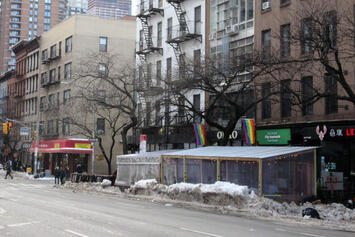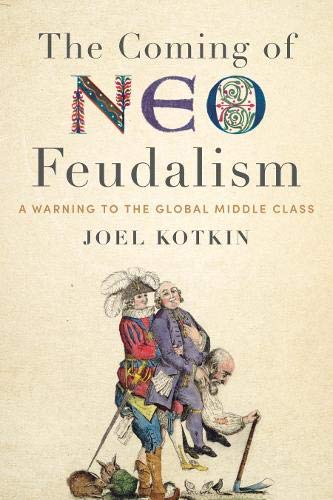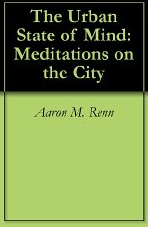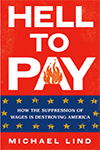
I had the privilege of seeing the gorgeous photography show Out on the Street: The Dining Sheds & Empty Streets of New York, 2020-2024, in the Chelsea neighborhood of Manhattan. The show showcased the work of Dutch photographer Wijnanda Deroo, who wandered New York City for four years, taking close to 400 vibrant photographs of dining sheds built during the COVID-19 pandemic. The sheds were ubiquitous across the city; they were unique and often reflected both the culture of the restaurants and the communities in which they were embedded. Some structures were “simple lean-tos banged together out of a few hundred dollars’ worth of lumber to small, lovingly detailed odes to verdigris Beaux-Arts winter gardens, sleek Streamline Moderne luncheonettes and sunset-pink Old Havana arcades.”
The dining sheds are only a memory as the city mandated their demolition and removal by the end of 2024 for a host of reasons, including noise, safety, and issues with mobility. While it appears that New York has an expensive and limited plan to allow for fairly uncreative, sterile outdoor sheds to return for specific periods of time once again, it is unlikely many sheds will re-appear due to the proposed regulations and costs.
The sheds were not loved by many; as the New York Times notes, “to some urbanists, they were a bold experiment in rethinking public space. To others, they were an eyesore. Restaurateurs saw them as an economic lifeline. Opponents saw a land grab.” However, their impact was significant. They were “structures that so completely changed the appearance of our city for four brief years.”
With the pandemic behind us, Deroo’s photographs are a reminder of what is common in other cities around the world but absent in New York—life lived on the street in the company of others. Instead of making outdoor dining a challenge, the city should incentivize ways to make the streets of New York more friendly to pedestrians. The appetite is there. Congestion pricing took effect earlier this year, and there are plans to help Fifth Avenue become more like Paris’s Champs-Elyséss.
When Americans travel abroad to popular environs in Europe, many feel a connection to their surroundings because the people in cafes, bars, and restaurants pour outside onto the sidewalks throughout the day. Throughout Europe, visitors will find people are still outside and enjoying the company of others even in the cold and rain; this is so entrenched in French culture that you will see Parisians in heavy coats and hats sitting outside just to watch and be with others. The excitement and the energy of being around others is tangible, and seeing part of life lived in public and on the sidewalk is something many, if not most, Americans will never regularly experience.
Café culture in Europe is a choice; so is how we as Americans opt to interact in the public sphere. We need to think more seriously about our spatial choices and decide if our preferences reflect what we want as a society. We shape our cities and then our cities shape us through how we build and zone which in turn helps structure how we engage with others be it through texting and apps remotely or in person, in a café surrounded by others.
Roughly four years ago, my family and I returned to Manhattan in the winter of 2021, having left during the pandemic. Upon our return, sheds and outdoor spaces of congregation were everywhere. Our stretch of First Avenue in midtown east was incredible; despite the frigid temperatures and some tough days, the stretch of blocks from the upper 40s through the 50s was alive and exciting. People were distanced but socializing throughout the day, taking advantage of the spaces to gather, socialize, and simply be in the public sphere. Today, the temperatures are as cold, but First Avenue is nothing like what it was; the same area is desolate, uninviting, and empty. The sheds and spaces to gather are long gone, and the residential area of midtown east toward the river feels like a shell of its former pandemic self.
If New York City wants to improve safety, fight rising trends of loneliness and isolation, create spaces of shared interest, spark and foster connections, and help bring life back to neighborhoods that lost businesses during the pandemic shutdowns, the city should incentivize social and connective spaces like the restaurant sheds and public gathering spaces created during the COVID-19 pandemic. They have their flaws, but the sheds can dynamically transform streets and communities and provide spaces that foster a fundamental human need: connection with others. New York should help provide businesses with the incentives to rebuild sheds and other gathering spaces; by doing this, the city will help businesses thrive and promote social capital and architectural creativity along the way.
This piece first appeared at AEI.
Samuel J. Abrams is a professor of politics at Sarah Lawrence College and a nonresident senior fellow at the American Enterprise Institute.
Photo: 2021 outdoor dining sheds, 9th Ave. NYC - by Brecht Bug, via Flickr underCC 2.0 License.












